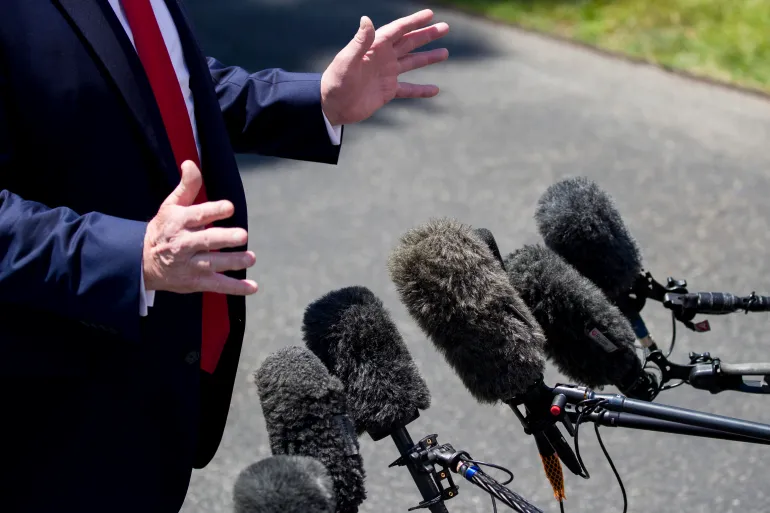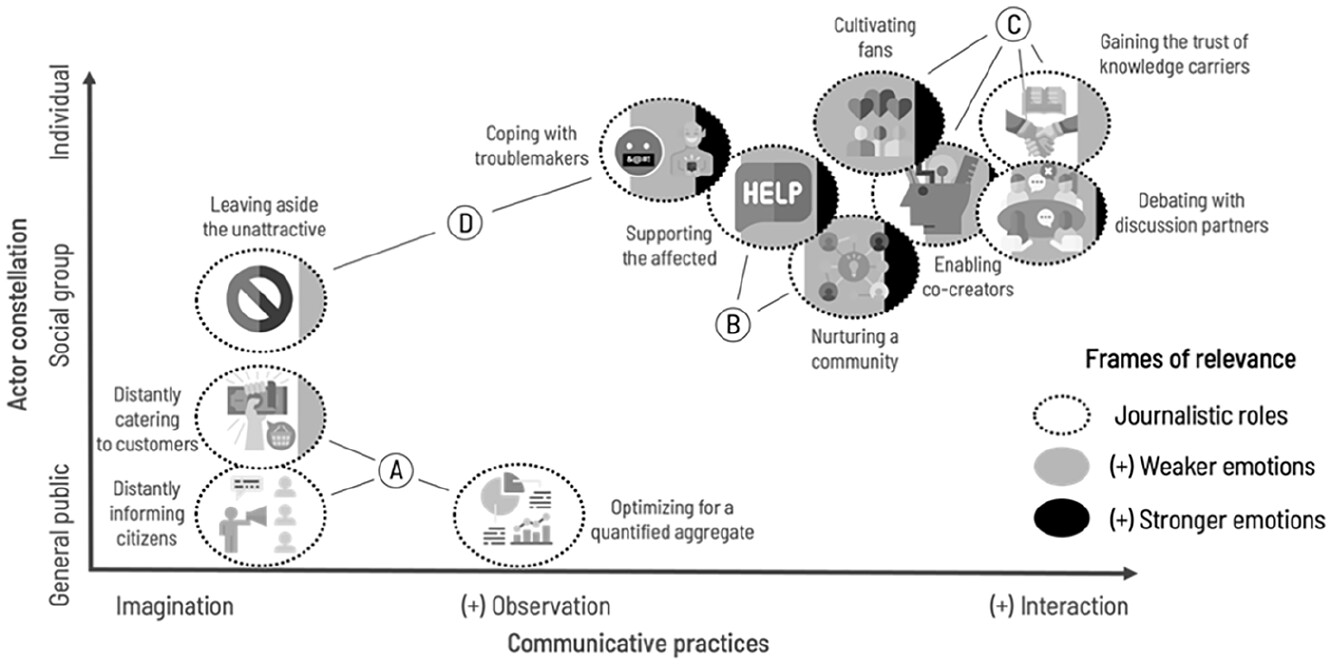
US Media’s Capitulation Reveals Deep Structural Failures
September 8, 2025
Al Jazeera in 1000 Academic Studies: A Scholarly Tribute to Media Power and Influence
September 8, 2025In an age where journalism increasingly engages directly with its audience, researchers Wiebke Loosen, Julius Reimer, Louise Oberhülsmann, and Tim van Olphen offer a refined view—not of a single bond between journalists and the public, but eleven distinct ideal-typical relationship forms. These were identified through in-depth interviews with 52 German journalists—from legacy newsrooms to digital startups—across a spectrum of roles.
These eleven relationship forms act as “building blocks” that journalists combine depending on context—audience type, journalistic role, and purpose. The researchers visualize these forms along two axes: audience type (from the general public through social groups to individual readers) and communicative practices (ranging from imagining the audience, to observing them via metrics, to directly interacting).
These forms are grouped into four main clusters:
Traditional, one-way communication with a broad public
- Distantly informing citizens: journalists imagine and address the public abstractly.
- Distantly catering to customers: content tailored to perceived customer needs.
- Optimizing for a quantified audience: relying on data metrics to shape content strategy.
Group-oriented interaction, more engagement-focused
- Supporting the affected: building relationships with marginalized or impacted communities.
- Nurturing a community: fostering dialogue among groups with shared interests or identities.
Though the article doesn’t list all eleven forms explicitly, the classification underscores how journalists often shift between roles—sometimes informing, at other times nurturing engagement—adapting their approach according to role, platform, and goals.
In essence, the study highlights how journalistic practice is no longer monolithic. Whether imagining a mass audience, digesting analytics, or fostering community interactions, journalists navigate a variety of relationships—balancing objectivity, relevance, and connection in a rapidly evolving media landscape.
Reference –

